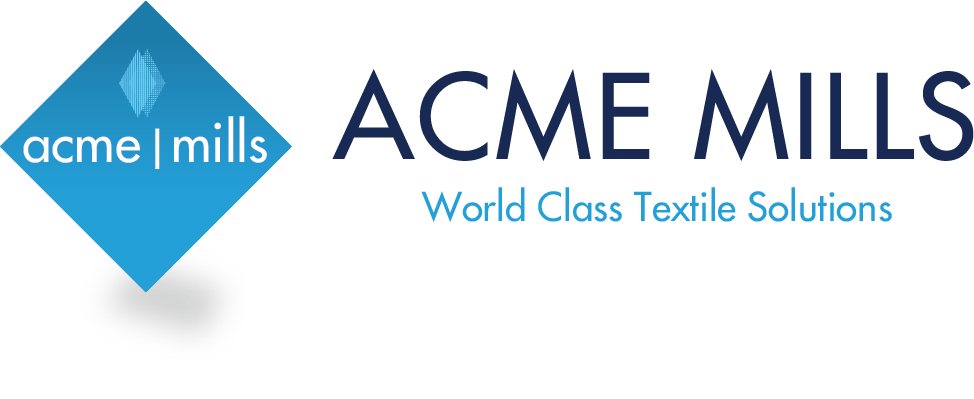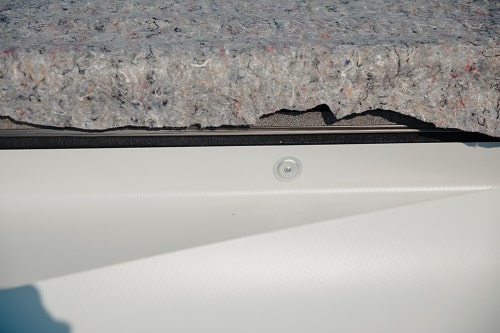Geotextiles, an emerging field in the civil/construction engineering and other fields, offer great potential to utilize these fabrics in different areas of applications globally. Geotextiles are proving to be more cost-effective to traditional road construction methods. Fabric made are Woven, needle punched, heat bonded, Non-Woven, integrated loops or tufted loops Geotextiles are robust, permeable and durable fabrics. These fabrics have the ability to separate, filter, reinforce, protect, or drain and is designed to increase soil stabilization and ground support in a given location. Typically made from polypropylene or polyester or jute fibers/yarns. These geotextiles are high in strength to allow for maximum slope support, stabilization and erosion control. Geo fabric options include a felt-like nonwoven fabric as well as a woven polypropylene, synthetic or jute geotextile. Furthermore, the design of a geotextile is of paramount importance for any civil engineering application.
Families of Geotextiles
Geotextile composites have been developed and introduced products such Geotextiles, Geogrids, geonets, geomembrane, geosynthetic clay liners, geo pipes and geocomposites can yield benefits in geotechnical and environmental engineering design. Geotextiles and related products. Mostly geotextiles are placed at the tension surface to strengthen the soil. A large sand-filled container (SFC) within the dune system prevents storm erosion from proceeding beyond the SFC. Using a sloped unit rather than a single tube eliminates damaging scour.
Read more: Woven & Non-woven Geotextile Fabric










